Kamala Harris still has time to change direction on U.S. policy on the Israeli-Palestinian conflict in a way that could secure her the presidency, reduce further damage to Washington’s standing internationally, stop what many—including many Jews, Israelis, and Holocaust scholars—have called a genocide in Gaza, and prevent a regional war. At the risk of oversimplification, all she has to do is apply U.S. law, something very on-brand for a former prosecutor.
Eleven months of financial, political, and military support for Israel’s war on Gaza and the West Bank, triggered by the killing on Oct. 7, 2023 by Hamas of around 1,200 people, has dug a deep policy and credibility hole for the U.S. Washington has given Israel more than $14 billion in military aid since then, including 10,000 catastrophic 2,000-pound bombs, and thousands of Hellfire missiles. On Aug. 20, the Biden Administration added another $20 billion for Israel, including 50 F-15 fighter jets, and much more.
So far, Israel has used U.S. intelligence and weapons to free some of the 117 hostages. It has also killed over 40,000 Gazans, a majority of whom were women and children, according to the Hamas-run health ministry, figures the U.S. and U.N. deem credible. Schools, hospitals, aid convoys, foreign aid workers, and journalists have been targeted. And recent Israeli actions in the occupied West Bank have expanded the destruction there. Israel has also launched airstrikes against Lebanon, Iran, Yemen, and Syria, increasing the risk of regional war. Just this week, in a move many see as evidence that Israeli Prime Minister Benjamin Netanyahu wants all-out war, Israel targeted Lebanon in shocking beeper and walkie talkie attacks. All of this has forced otherwise amenable Middle Eastern governments, such as Saudi Arabia, to step back from normalization talks for fear of their own popular uprisings.
Regardless of one’s opinion on Israeli actions and U.S. support for the country, it has come with major consequences. Domestically, a growing number of U.S. officials have resigned in protest, including the State Department official responsible for supervising arms sales to Israel. Hundreds more have protested. Nationwide campus demonstrations have, at very least, manifested a deep rift within the Democratic Party. President Joe Biden has been branded “Genocide Joe” and the backlash against his avowed Zionism contributed to his inability to contest the presidential election because states with large Arab and Muslim populations, like Michigan, were potentially out of reach. Both Biden personally and the U.S. are facing lawsuits for genocide. Terrorism concerns have also spiked, according to the U.S. intelligence community. And, predictably, hate crimes have also spiked against Muslims, Arabs, and Jews. The fatal stabbing of a six-year-old Palestinian American boy near Chicago by his family’s landlord was one of the most horrific examples.
Meanwhile, the U.S.’ feeble efforts to keep Netanyahu in check and negotiate a ceasefire has left it looking weak and clueless, and, to much of the world, on the wrong side of history. This plays out most visibly in international fora. At the April 18, 2024 U.N. Security Council vote to recognize the State of Palestine, the U.S. alone voted no, with the justification that it “believes in the two-state solution.” The vast majority of U.N. member states have recognized Palestine.
Read More: The West Is Losing the Global South Over Gaza
The U.S.’ blind support of Israel is also damaging other priorities. For example, refusing to hold Israel to international norms is making it harder to leverage those same norms against Russia. U.S. support for the International Criminal Court’s (ICC) indictments of Russian leadership for atrocities in Ukraine is utterly inconsistent with its refusal to acknowledge the Court’s jurisdiction when it comes to possible arrest warrants of Israeli leaders over atrocities in Gaza. This has drawn accusations of hypocrisy and emboldens countries the U.S. is at odds with, such as Russia and China. China, for one, has in recent years become involved in Middle East peace initiatives, which some analysts see as evidence of eroding U.S. dominance in the region.
Into this tragic mess walks Kamala Harris. But there is still time for her to forge a better path, atop the cresting wave of Democratic enthusiasm for her candidacy. And she can do this without picking a side, without either abandoning Israel or supporting its conduct in Gaza. The solution is simple: All candidate Harris or a future President Harris has to do is apply existing U.S. laws and policies to Israel instead of continuing to carve out exceptions.
Without speculating on her social justice views or personal convictions as a multi-racial American woman married to a Jewish American lawyer, it is clear that Harris is campaigning on her record as a prosecutor and lawmaker. She has consistently presented herself and her values as both humane and pro law-and-order. She is also explicit that she wants to be positive about the future and unshackled by the past, including, presumably, Biden’s record on various issues. Taking a more balanced approach to Israel only requires adhering to these same goals and principles.
There has been extensive analysis of the many ways the U.S. bypasses its own laws on Israel. All Harris needs do is stop this. For example, the Leahy Law, named after former Senator Patrick Leahy, prohibits the State and Defense departments from funding or training foreign military units or individuals if there is credible information (not proof) that they have committed gross human rights violations. There is abundant evidence of Israeli military violations. The Biden Administration has even acknowledged that Israel likely used U.S.-supplied weapons to violate international law. This has given rise to a sense of “impunity” in Tel Aviv, according to former U.S. officials. Senator Leahy himself has decried the problem: “The law has not been applied consistently, and what we have seen in the West Bank and Gaza is a stark example of that.”
Similarly, various U.S. laws prohibit the sale and transfer of some weapons to foreign governments for various national security and human rights reasons. The Arms Export Control Act requires that countries getting U.S. military aid use it only for legitimate self-defense and internal security. The Foreign Assistance Act prohibits aid to any government that “engages in a consistent pattern of gross violations of internationally recognized human rights.” The Genocide Convention Implementation Act codifies U.S. criminal sanctions for anyone who commits or incites genocide as defined by the international Genocide Convention, which the U.S. is a party to and which formed the basis of the ICJ’s interim judgment that the claim that Israel was committing genocide in Gaza was “plausible.” And the U.S. War Crimes Act prohibits serious human rights and international law violations. Inspectors General at the Pentagon and the State Department are investigating whether the White House’s weapons transfers to Israel violated these and other laws.
Yet the U.S. continues to expedite weapons transfers to Israel, violating its own waiting periods, review requirements, and notification procedures in addition to its absolute legal prohibitions. This is the legal justification behind the increasing number of legal challenges to the U.S. for backing Israel. The U.S. should apply these laws just as it does for other countries. By comparison, on Sept. 2, the U.K. suspended some weapons transfers to Israel because of gross human rights abuses. Germany has also stopped approving arms exports to Israel. A future President Harris could also do this while still helping Israel maintain its “qualitative military edge,” as required under U.S. law since 2008. Upholding U.S. law doesn’t mean abandoning Israel.
International law provides another low-hanging opportunity for Harris. The number and breadth of Israeli violations in Gaza and the West Bank are too numerous to list, though the ICJ tried in its July Advisory Opinion. Many U.S. lawyers have analyzed these, as have Israeli experts. A President Harris would have a number of options to bring the U.S.’s Israel policy in line with international law without much, if any, policy downside. For example, if the U.S. is committed to a two-state solution, and simply acknowledging the boundaries as determined by international legal decisions and U.N. Security Council resolutions is an easy start.
President Harris could do any of this without picking a side. But as the fallout from her campaign’s decision to block a Palestinian American from speaking at the Democratic National Convention last month shows, she is still vulnerable to losing key states in which Muslims and Arabs are angry and organized. Harris would be in a stronger electoral position if she made her willingness to apply U.S. and international law when it comes to Israel clear.
Politics aside, the U.S. has made a strategic misstep on its strong support for Israel, and the effectiveness of a future Harris Administration on the world stage may well depend on rebuilding U.S. credibility. And both policy and politics aside, stopping the killing could define her legacy. It is simply the right thing to do.

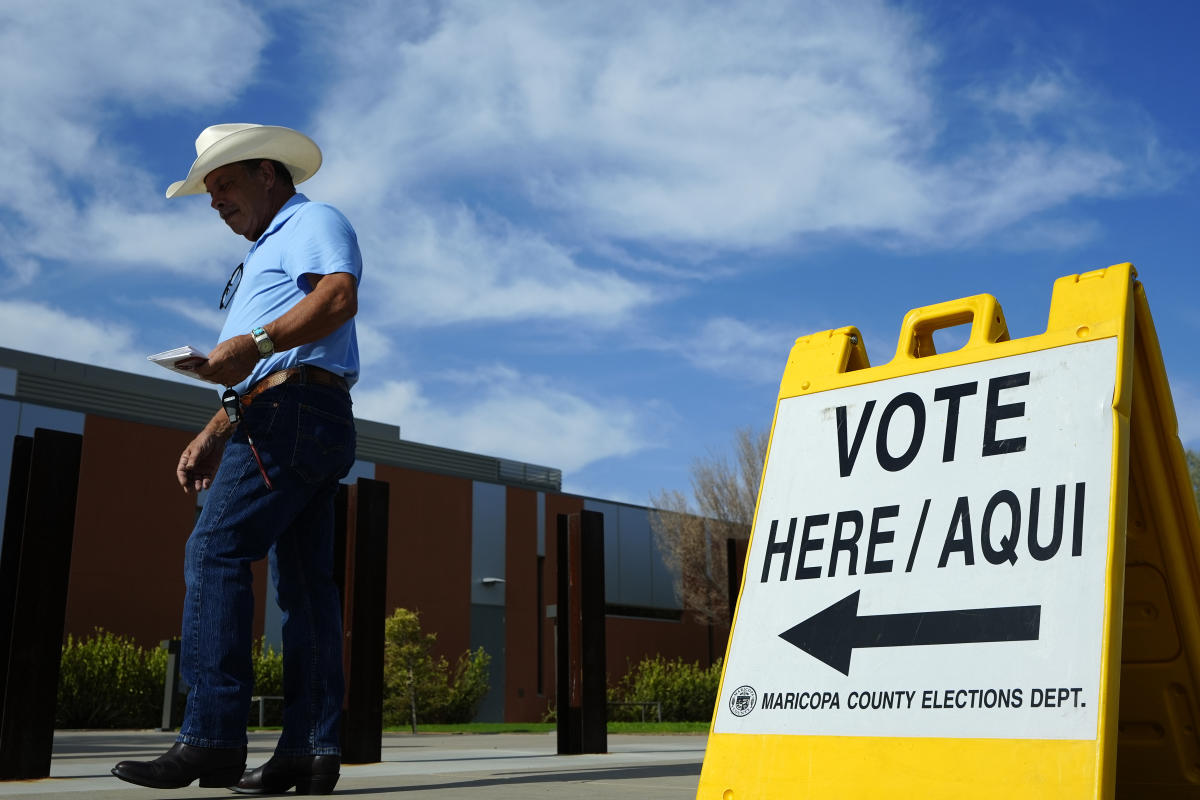






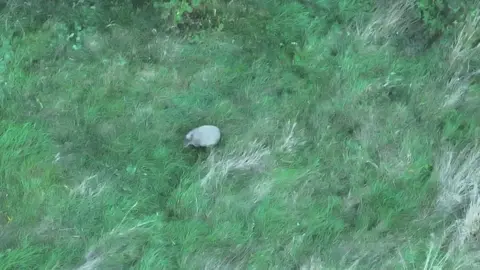
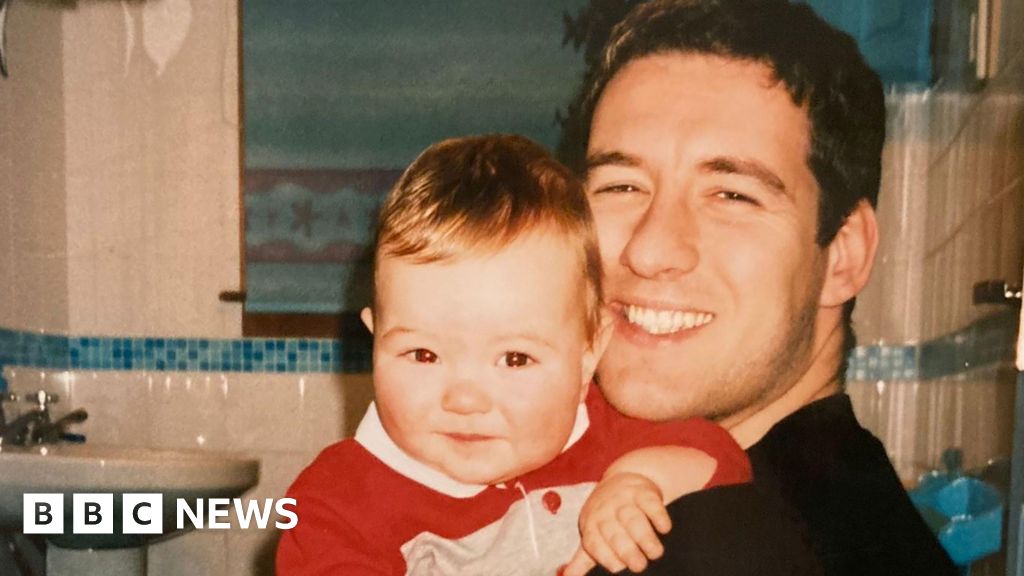
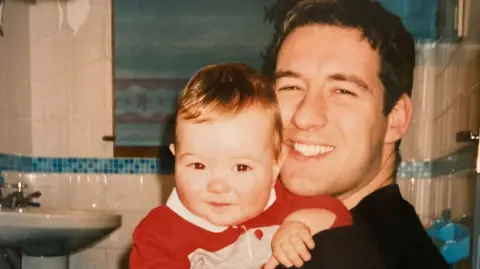







































































































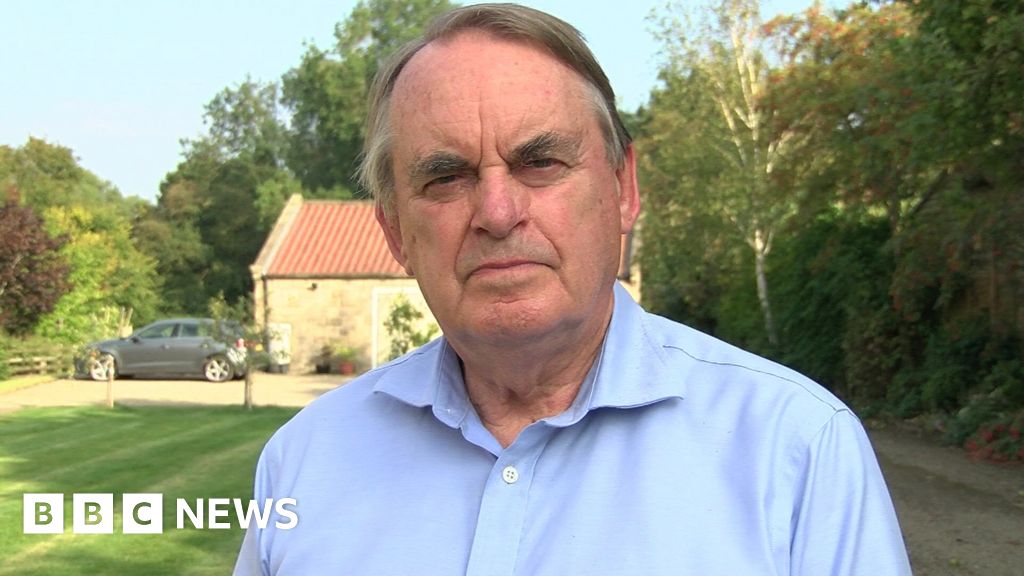
















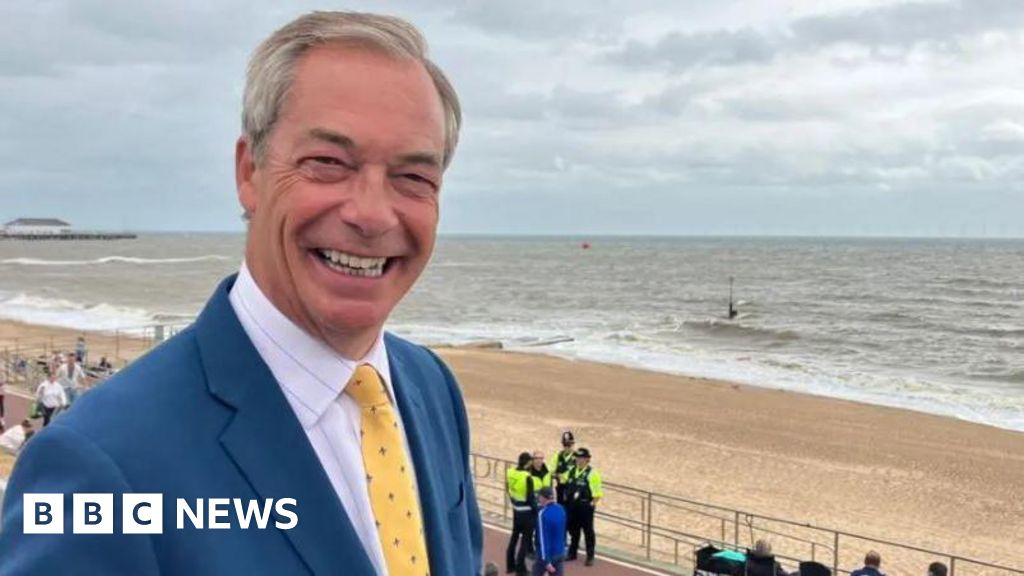
You must be logged in to post a comment Login